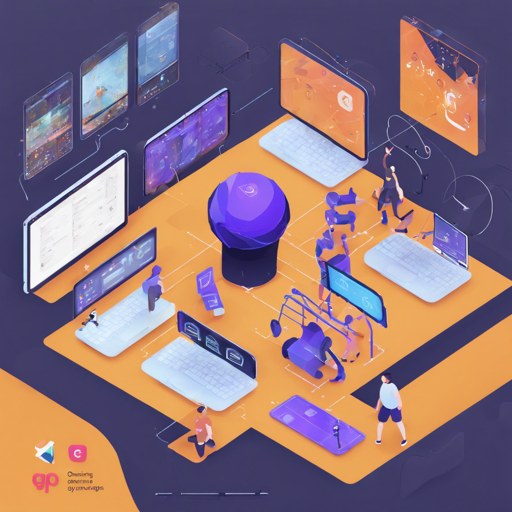Welcome to the exciting world of programming the traditional board game Go! Leveraging the power of OpenAI’s Gym API, we will create an optimized environment tailored for training machine learning models. This guide will walk you through the installation, coding examples, and high-level interactions with the game. By the end, you’ll have a fully functional Go environment!
Installation
Before diving into the code, let’s ensure that you have everything set up correctly. To install the necessary packages, follow these simple steps:
bash
# In the root directory
pip install -e .
Creating Your Go Environment
We will use Python to create and interact with our Go environment. Here’s a simple coding example to illustrate how to utilize the `gym-go` environment:
python
import gym
go_env = gym.make('gym_go:go-v0', size=7, komi=0, reward_method='real')
first_action = (2, 5)
second_action = (5, 2)
# Take the first action
state, reward, done, info = go_env.step(first_action)
go_env.render(terminal)
# Take the second action
state, reward, done, info = go_env.step(second_action)
go_env.render(terminal)
Understanding the Code Like a Game of Chess
Imagine you’re at a chessboard, each move carefully calculated, and the players are the different pieces on the board. Similarly, here, you’re setting up a game of Go with our `gym-go` environment.
- Importing the gym: Just like gathering your chess pieces, you start by importing the Gym library.
- Creating the environment: With the `gym.make(…)`, you initialize your Go board – think of it as laying out your chessboard and positioning your pieces.
- Making Moves: Actions (`first_action` and `second_action`) mimic the moves you’d make in a game, with the coordinates representing where you’d like to place your piece on the board.
- Rendering the Game: After each action, the game state is displayed, much like a chess player observing the board after each strategic move.
User Interface Example
For an interactive experience, the environment can be run with a simple command:
bash
# In the root directory
# Defaults to a uniform random AI opponent
python3 demo.py
API Breakdown
The `Gym` API for Go consists of two primary components:
- High-Level API: Managed by the
GoEnvwhich provides an overview of basic game functionality. - Low-Level API: Handled by the
GoGamethat includes detailed game logic, perfect for a more nuanced programming approach.
Game Mechanics: Scoring and More
Understanding how the game operates is crucial. The scoring follows Trump Taylor methods, where the player’s area is calculated based on the empty points surrounded and pieces on the board. A game can end in three ways:
- A player wins.
- The game ties.
- Both players pass consecutively.
Reward Methods
The reward mechanisms are tailored to the black player’s perspective, with options including:
- Real: A straightforward evaluation post-game.
- Heuristic: A dynamic approach based on the ongoing board state.
State and Actions
The state returned by game functions is represented as a 6 x BOARD_SIZE x BOARD_SIZE numpy array, where each dimension corresponds to crucial game information. Actions can be taken as tuples representing coordinates or as a single integer in a one-dimensional space.
Troubleshooting
While setting up your Go environment, you may encounter some issues. Here are a few common troubleshooting tips:
- Installation Errors: Ensure that you are in the correct root directory and that `pip` is correctly installed.
- API Call Issues: Double-check your API function calls for syntax errors or incorrect parameters.
- Game Rendering Problems: Make sure your environment supports rendering and that all dependencies are installed properly.
For more insights, updates, or to collaborate on AI development projects, stay connected with fxis.ai.
Conclusion
At fxis.ai, we believe that such advancements are crucial for the future of AI, as they enable more comprehensive and effective solutions. Our team is continually exploring new methodologies to push the envelope in artificial intelligence, ensuring that our clients benefit from the latest technological innovations.

